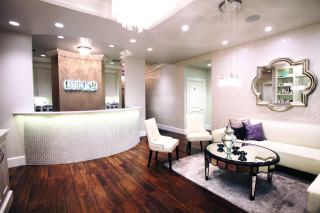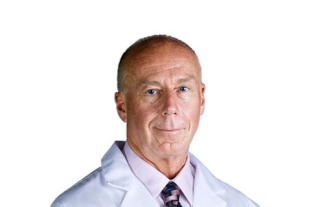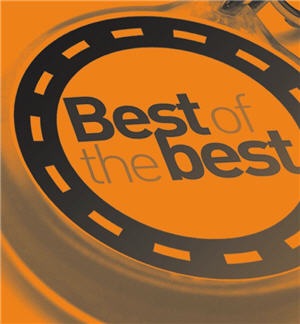Newly Identified Genes Linked to Aging
/In the largest human molecular aging study to date, researchers discovered some 1,450 genes newly identified aging genes. These, together with factors such as diet, smoking, and exercise are linked to aging.
The underlying causes of human aging are largely unknown. However, growing old has been linked to the increased risk of diseases such as cancer, heart disease, and stroke - three of the leading causes of death.
According to the authors of the study, this large amount of newly identified genes provides a key breakthrough to better understand the molecular changes during aging.
Dr Marjolein Peters and Dr Andrew Johnson, from the Erasmus Medical Center and the Framingham Heart Study, respectively led this extensive study of the aging process.
Professor David Melzer from the University of Exeter oversaw the Exeter contribution.
Dr Luke Pilling, Associate Research Fellow in Genomic Epidemiology at the University of Exeter and part of the research team said:
This study has discovered many genes that change in their patterns of expression with age. This study has not only given insights into aging mechanisms – such as mitochondrial function – but these techniques have potential use in prediction and treatment.
Large, observational, and collaborative projects such as these provide a great platform to focus aging research in the future, with the hope that predictive tests can be developed, and treatment strategies for age-related conditions improved.
Researchers looked into the changes in gene expressions in blood samples of some 15,000 people from all over the world to find easy to measure markers of human aging. Information in the genes were analyzed by reading the DNA sequence and creating RNA, and then proteins.
The study showed that many of these genes work are responsible for generating the energy supply of the cells (mitochondrial function), metabolic processes, and the stability and flexibility of the cells.
By using the gene expression profiles, authors said that it allowed them to calculate the ‘transcriptomic age’ of an individual, and show that differences between transcriptomic age and chronological age are associated with biological features linked to aging, such as blood pressure, cholesterol levels, fasting glucose, and body mass index.
A potential limitation of their study, according to the authors, is that they relied on a linear regression model to identify age-associated genes. A linear model assumes constant change over age, which may not be always correct in biological processes that stretch over several decades (adulthood).
The research is published in the online edition of respected scientific journal, Nature Communications. http://www.nature.com/ncomms/2015/151022/ncomms9570/full/ncomms9570.html













